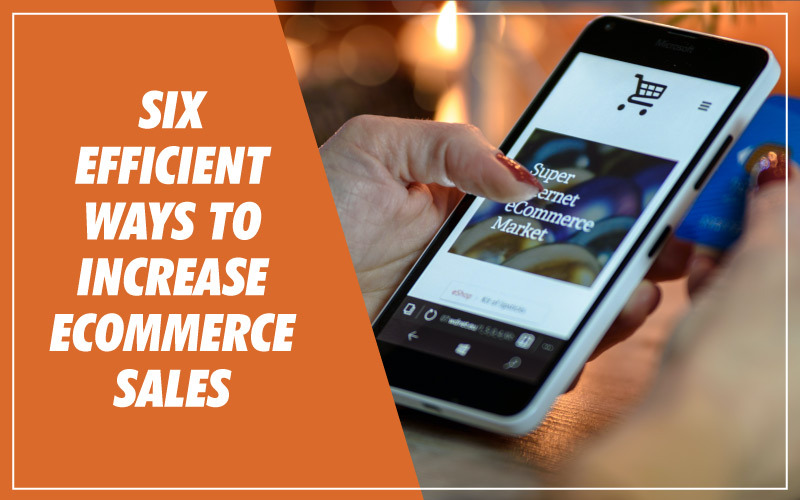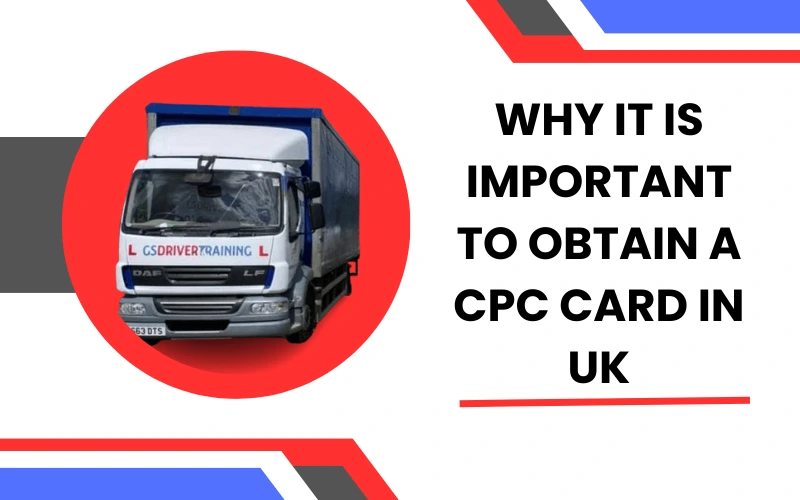Setting up an eCommerce store and successfully running it is two different things. Your eCommerce sales depend on effective marketing and sales strategies to get ahead of online traffic and grab the customer’s attention at a moment’s notice.
With global selling access, lower operating costs, and instant customer feedback, ECommerce businesses have immense potential. First, however, you must ensure to reach your online business potential to maximize your revenue stream.
Fortunately, it is not too hard to optimize your online business. However, you can do it only if you direct your efforts toward collecting customer data and learning creative ways to reach your target audience. It might seem difficult initially, but you will eventually get a grip on it.
Around 26 million global online stores generated $4.9 trillion last year alone. A significant reason for this was the global pandemic that triggered online shopping.
However, online business trends are still not over, even after the pandemic. It is only going to increase in the future. Therefore, let us look at a few ways how you can capitalize on it.
1. Make Categories for Your Products
The last thing you or your customers need is a cluttered products page. Remedy that using Artificial Intelligence. You can use different tools like Google shopping categories to automate the categorization process. Many top online retailers with thousands of different product categories use AI-simulated tools to avoid manual labor and save time.
You can even make subcategories for your products using the same tools. It makes finding products a lot easier for the customer. Such tools aim to direct the customer towards what they are looking for among thousands of products in the store.
Just as physical grocery stores have labeled aisles with subcategories, e-commerce businesses use this for their online store. The easier the customers find the product, the greater the chances of making sales.
2. Optimize Pricing Strategies
You may be unable to match your competitors’ prices and make special promotional offers without a sound pricing strategy. It requires targeted prices via IP geolocation. This tool analyzes your website traffic and offers specialized pricing based on generated data.
An online store is likely to grab the attention of global consumers. Therefore, you must offer optimized pricing for people in different countries based on exchange rates, tax rates, customs charges, etc. In addition, you should be able to cater to different market segments at the same time. For example, someone in India might prefer cricket gear to ice-hockey gear to someone in Canada if you operate an online sports goods store.
The geo-targeted pricing lets you set targeted prices for different markets and plan campaigns accordingly. It leads to happier customers and increased margins.
3. Adopt Upselling Techniques
When customers check out the store, looking at related or better items might tempt them to update their cart. For example, if a customer purchased a coffee jar and found a bigger, better jar for just $5 more, they may upgrade. Alternatively, buying coffee-related items like specialized coffee mugs might allow them to pile up.
Such upselling techniques are great for increasing sales volumes for eCommerce stores. It also lets you build long-term relationships with your customers. The purchase process becomes smoother when buying more and finding relevant items becomes more effortless.
The good news is that it is even easier to set up. Moreover, you do not need coding techniques to integrate this feature. Instead, you can access upselling apps with popular eCommerce platforms like WooCommerce and Shopify.
4. Curate Gmail Ads
Paid Gmail ads are an interactive way to reach your audience. These ads appear on top of the customer’s emails and even in the promotions and social tab. These can include a playable video, a clickable link to your store’s landing page, or a visual display of products.
Customers who view such ads are in the awareness and interest phase of the marketing funnel. Therefore, your ad must depict your post-click landing page and offer a unique value proposition to prompt the following action in the process – desire.
The most significant advantage of curating these ads is that Google automatically makes these responsive for web and mobile apps.
Since anyone with an android device would have a Gmail account, the options are vast. In addition, Gmail ads can help you tap into new segments and attract potential audiences.
5. Introduce Chat Support
If customers have questions about your store and products, they should be able to reach you through a chatbot for live customer support. Chatbots do not just answer customer queries but also greet new customers and ask them if they would like some help. It is a useful tool for customers to facilitate the purchase process.
Chatbots are AI tools to which you can give a human name to make it look more relatable to the customers. Over time, they gather data, learn about future queries and curate better responses for future conversations.
You can use a chatbot to answer Frequently Asked Questions (FAQs) and update them. It will help reduce the burden on human agents who can cater to complex queries that chatbots cannot respond to.
With queries responded to well in time, the customer’s purchase decision speeds up. Otherwise, they might not buy if they are confused about something. Therefore, make sure that you introduce a chatbot in your eCommerce store.
6. Analyze KPIs and Metrics
Do not forget to track customer engagement and see what works best to drive the most sales. A combination of analytics tools, A/B testing, social media assessment, and other eCommerce tools could help you see where you stand.
The tracking of your engagement metrics may vary depending on the purchase stage of the customer you are targeting. For example, an awareness and interest phase targeting might not guarantee a purchase decision but should boost website traffic. At this stage, impressions and reach matter more than sales.
Such results indicate that you need to target this audience more frequently and gradually take them to the next purchase stage. Perhaps you could run campaigns or slash your prices to break the ice.
Therefore, you need to examine the customer engagement vs. conversions rate to assess the performance of your eCommerce business. A sound analysis lets you take the next steps accordingly.
Conclusion
Boosting eCommerce sales is perhaps the primary goal of every online business. However, it requires certain tweaks and strategies to successfully target different market segments and achieve higher conversion rates.
You must categorize your products to make it easier for customers to find the items. Moreover, optimize pricing strategies for different market segments globally.
Adopt upselling techniques to increase sales volume. You can also make Gmail ads to reach the potential audience in the awareness and interest stage. They automatically optimize for web and mobile apps, requiring minimal setup.
Moreover, introduce chatbots to respond to customer queries and FAQs. Lastly, analyze KPIs and metrics to track user engagement and strategize accordingly.
These tips can help you boost your eCommerce sales exponentially.
Also Read: Web Development Interview Questions And Answers PDF




